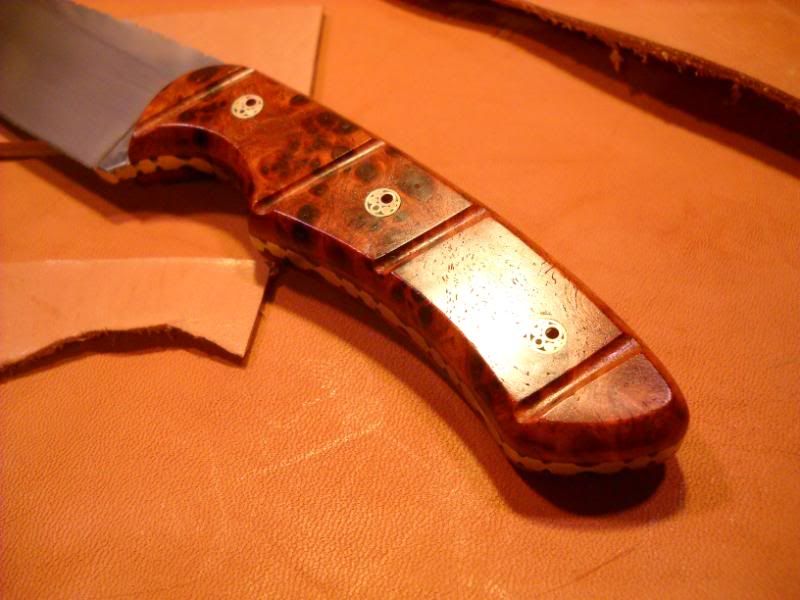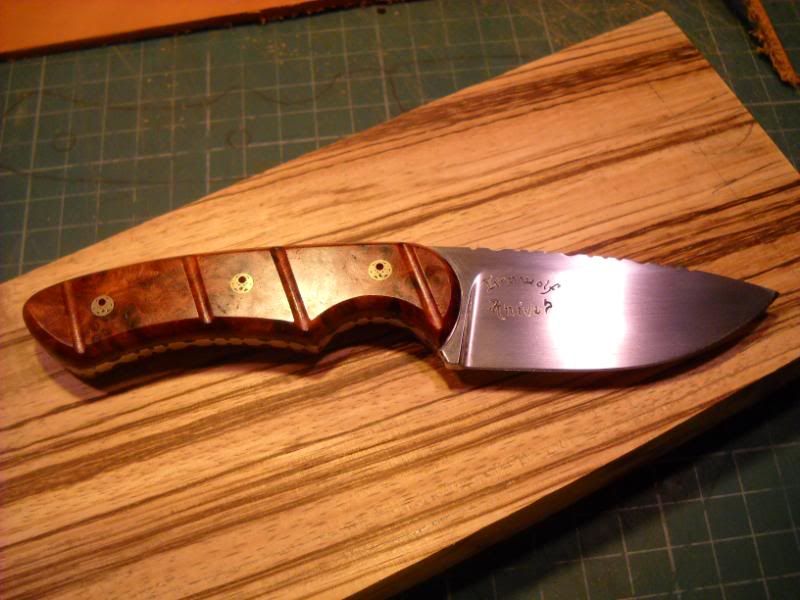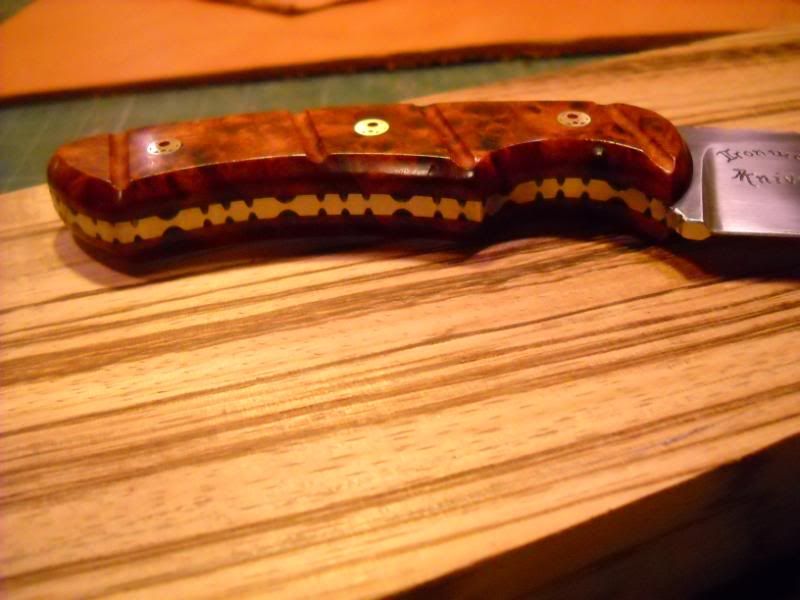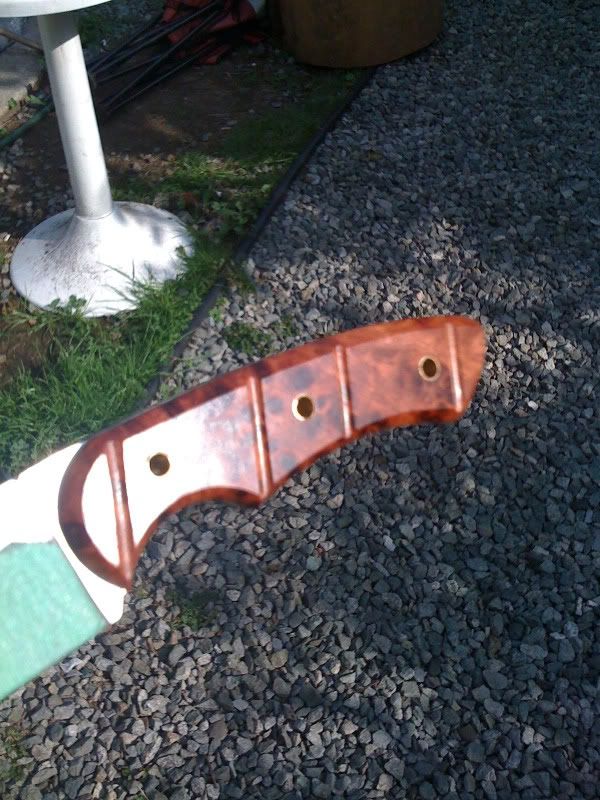Ironwolf
The Knife Poet
That's a pretty big jump in grits Pedro,but give it a try and see what happens.
The couple of times I have gone higher than 800, the next grit I used was 1200,
and honestly,there was only a slight difference that I could tell
(on wood that is: steel will show the difference).
The automotive supply stores don't carry higher grits?
1200 isn't unusual to find there,and some carry higher than that.
Maybe your best bet is to order on-line from one of the knife supply folks here.
I'm sure someone can fix you up with what you need.
The couple of times I have gone higher than 800, the next grit I used was 1200,
and honestly,there was only a slight difference that I could tell
(on wood that is: steel will show the difference).
The automotive supply stores don't carry higher grits?
1200 isn't unusual to find there,and some carry higher than that.
Maybe your best bet is to order on-line from one of the knife supply folks here.
I'm sure someone can fix you up with what you need.





